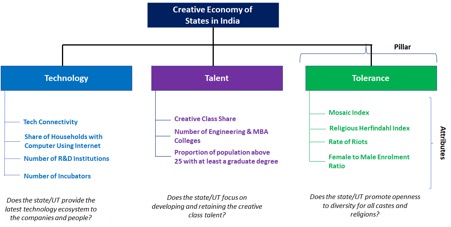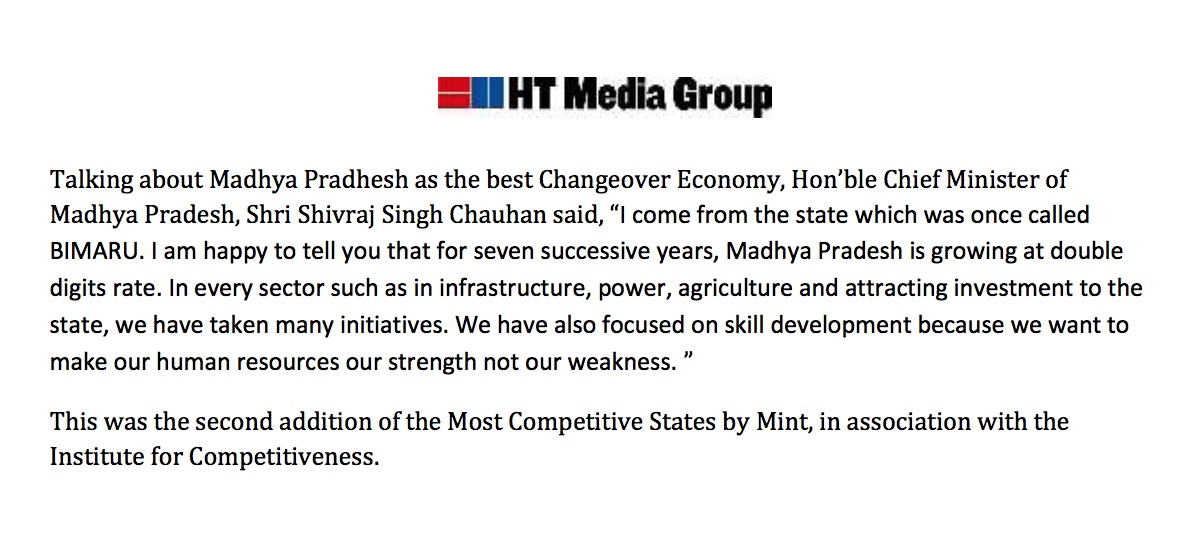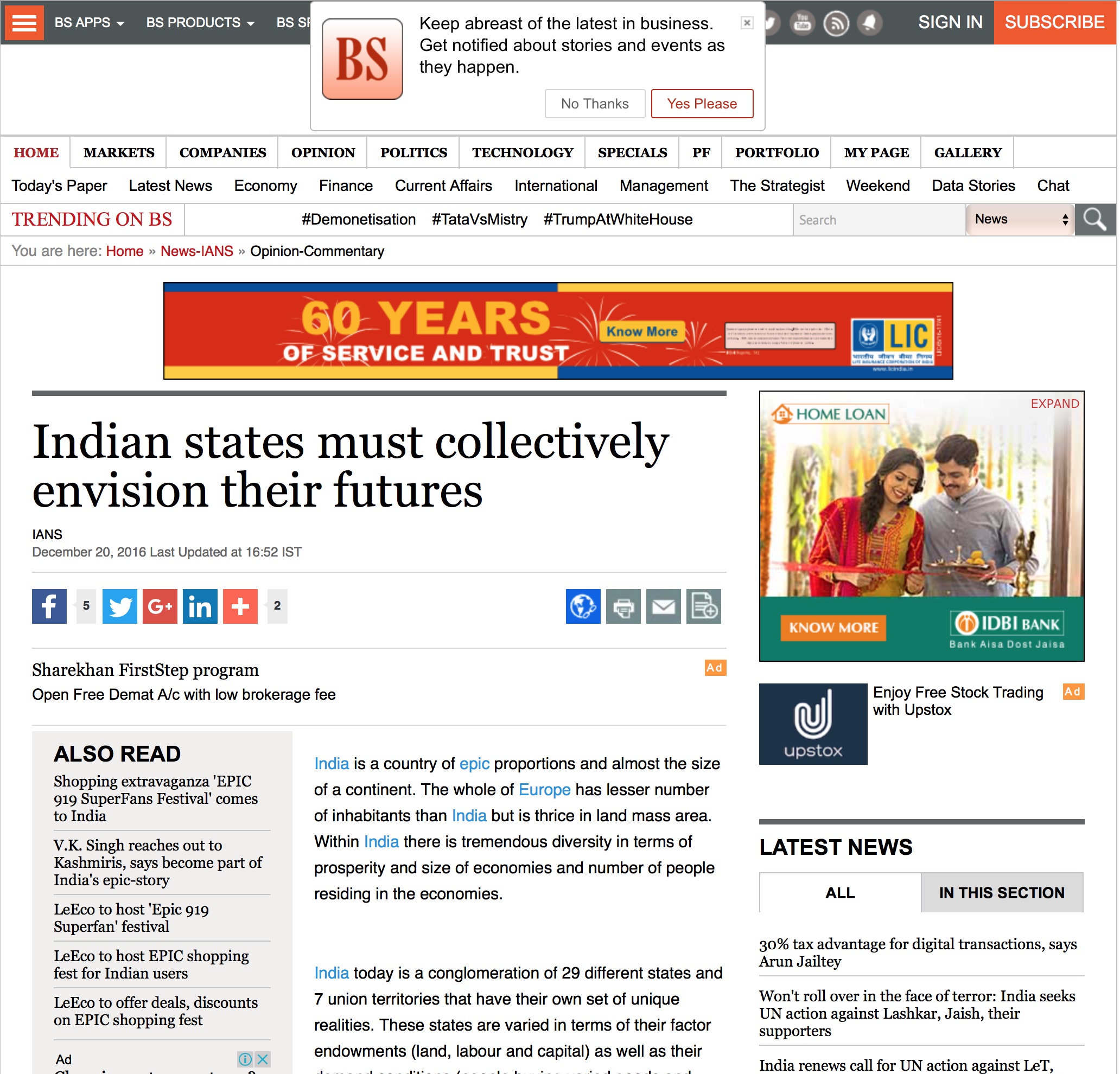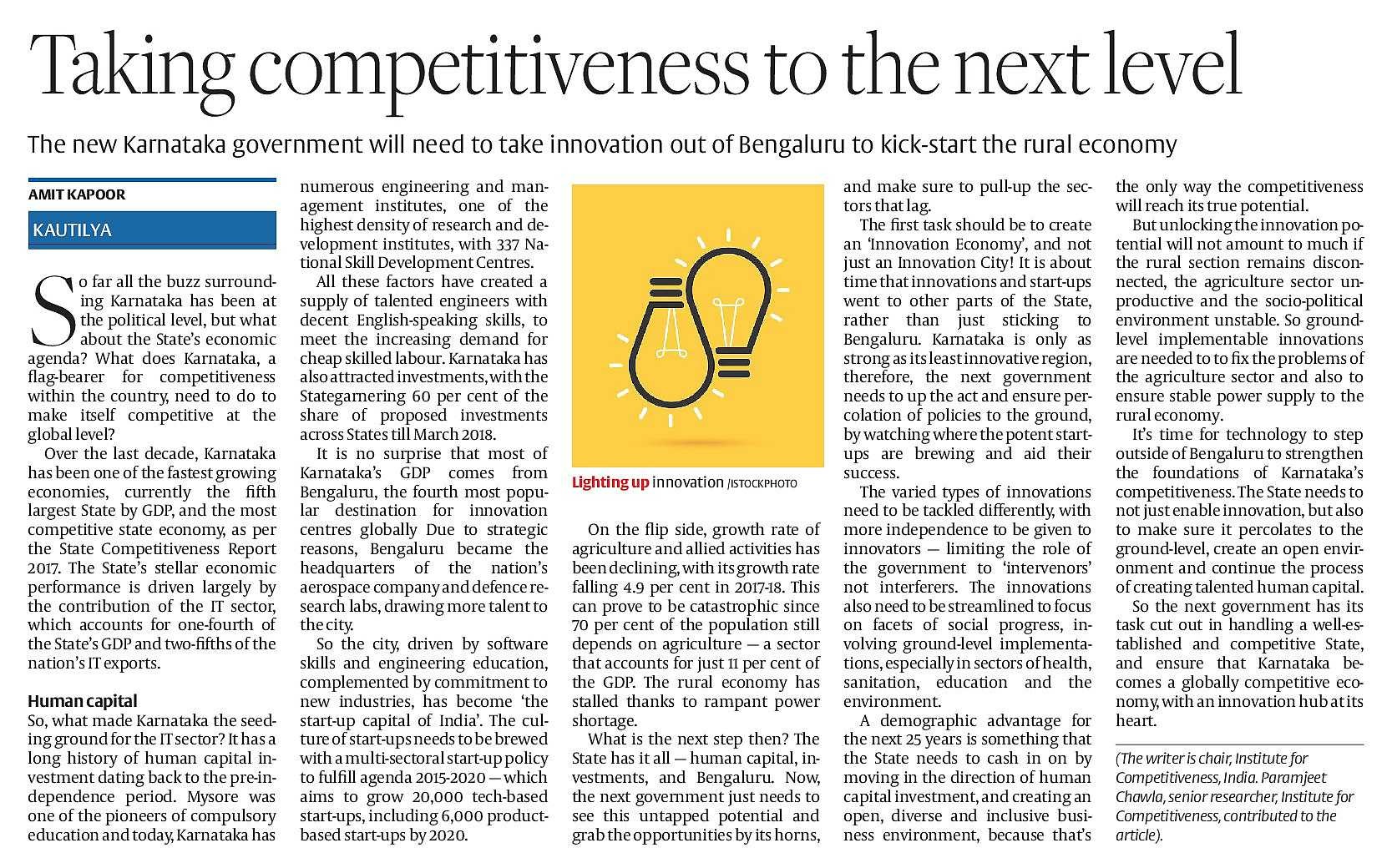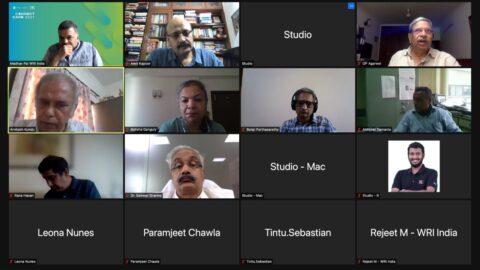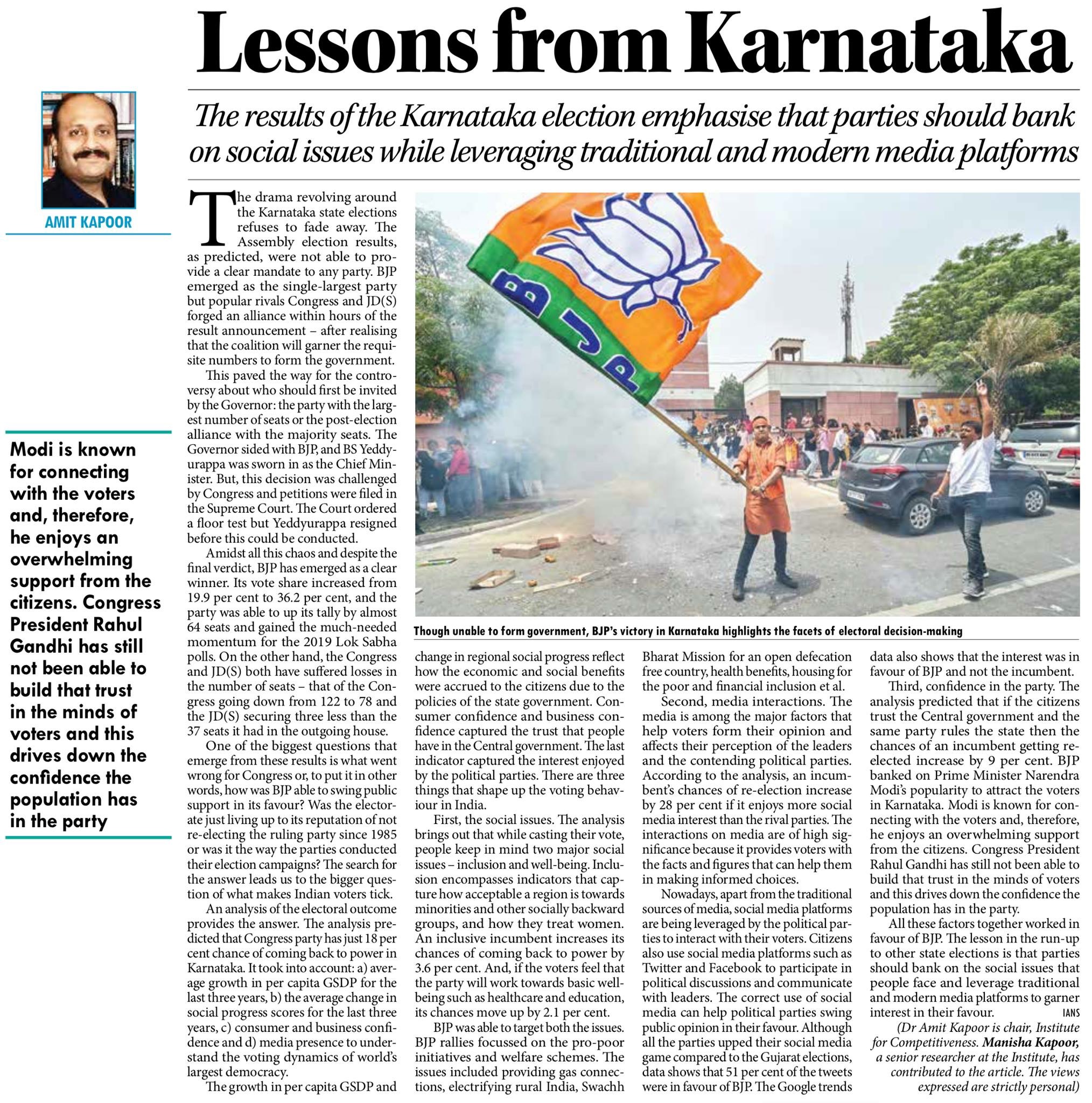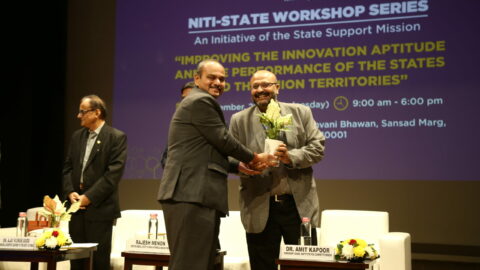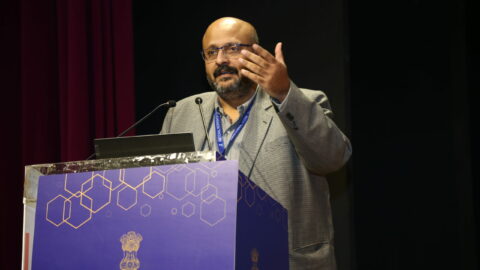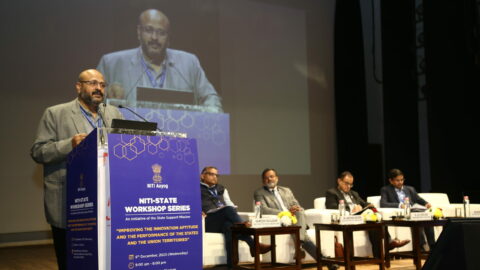Creativity is gaining recognition as an important tool for understanding the economic growth and prosperity of a particular region or regions. The study indicates that the states and UTs having higher level of Creativity Index tend to perform better economically as well. So, there is a direct correlation between economic growth and performance on a combination of technology, talent, and tolerance.
Any region focusing on making an improvement on these 3Ts is bound to perform better than the peers. In fact, what is needed today is to shift the focus from sole industrialization towards enhancing the creativity of a particular region or location by achieving excellence in terms of building the technology ecosystem, creating and attracting creative talent, and enabling a tolerant community and society.
Looking at the Creativity Index related performance, the top ten performers include Delhi, Punjab, Kerala, Goa, Chandigarh, Haryana, Karnataka, Mizoram, Sikkim, and Tamil Nadu. All these regions have performed better than others on two or more combinations of Technology, Talent, and Tolerance.
One interesting point here is that none of the states/UTs except Punjab have done exceptionally well on all the 3Ts. Rather, these top states/UTs have done exceptionally well on 2Ts and average on third T. This brings out an optimistic scenario, where states/UTs can focus on strengthening their ecosystem on any two of these 3Ts first and then focus on gaining excellence on the third T. This tiered approach towards creativity will be more practical and result oriented.
Another key point to be highlighted is a concern regarding the abysmal performance of largely populated and core states of India – Madhya Pradesh, Jharkhand, Odisha, Chhattisgarh, and Bihar. These five states account for more than 23% of the overall population in India. It is very important to improve the ecosystem for technology excellence, talent development and retention, and tolerance levels in these states to enhance the competitiveness and economic growth of these nations and prosperity of people living in these regions. Creative people are attracted towards regions having multi-cultural lifestyle and experience, better quality of education, diversity of job opportunities, and access to latest technologies.
The findings in this study validate the views of Richard Florida that regions and countries should focus on enhancing their overall performance on creativity index rather than focusing on industrialization or attracting the companies alone.
Framework


